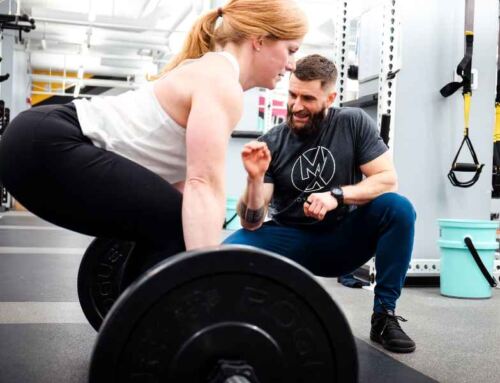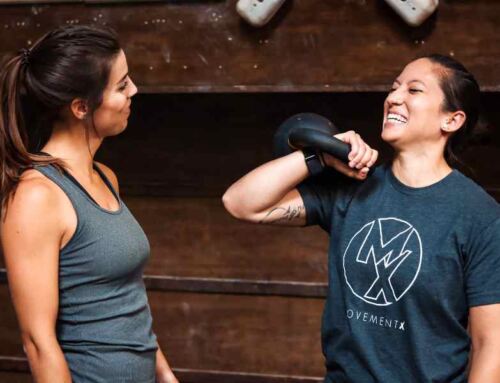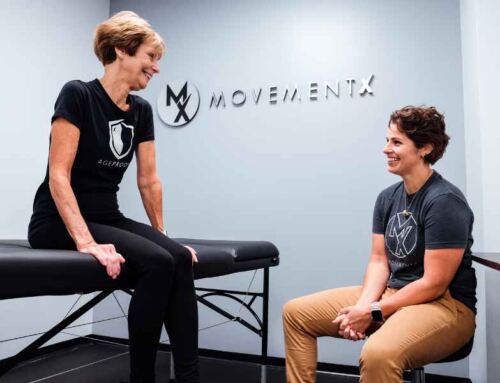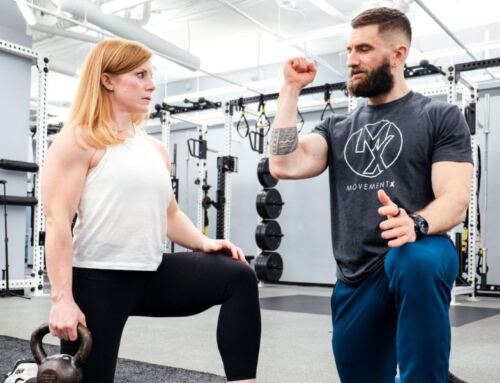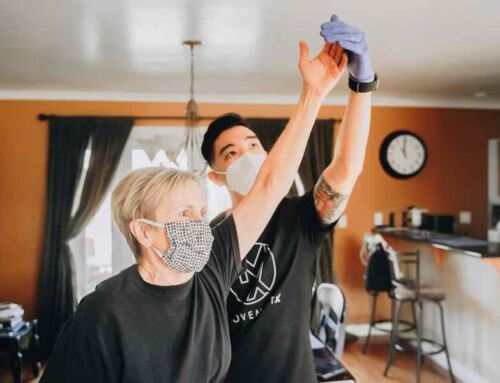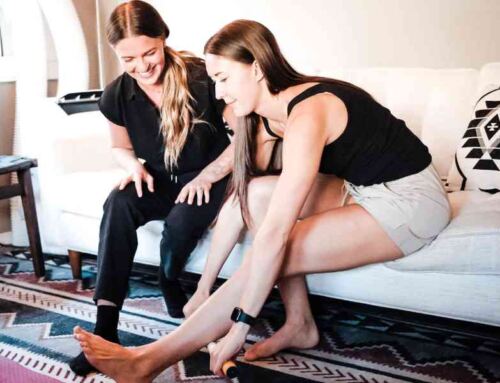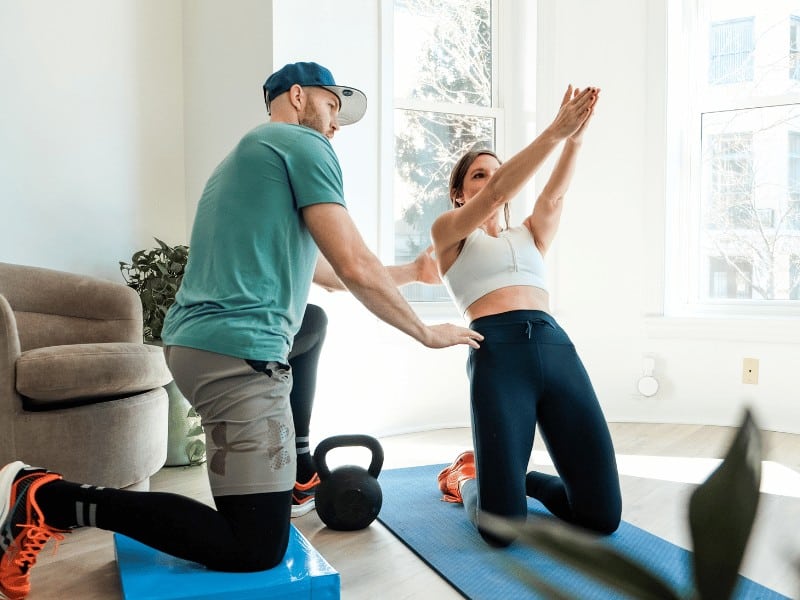
How Static and Dynamic Core Stability Contributes to Healthy Movement
There have been countless fitness articles and blogs that emphasize the need to strengthen the core muscles as part of any exercise routine—and for good reason.
A strong core improves both static and dynamic stability, which in turn can improve posture, reduce back pain and risks of injury, improve neuromuscular connection, and balance the overall functioning of both the upper and lower body.
What is static core stability?
Static stability is the core’s ability to maintain the pelvis and spine in a neutral position against opposing forces, oftentimes gravity. Neutral spine refers to when all three curves of the spine—the lumbar, thoracic and cervical—are all in natural alignment. This position places the least amount of stress on your spine and allows it to function properly. Whether you’re holding a plank, standing for long periods of time, or trying to sit upright, gravity is trying to pull your spine out of a neutral position.
What is dynamic core stability?
This is where the deepest layer of the core musculature comes into play. The transverse abdominis (the muscle that ‘sucks in your gut’) and multifidus (the muscle that let us gain that extra bit of height when being measured during a physical) work in unison to actively compress and lengthen the abdomen.
The diaphragm and pelvic floor musculature form the ceiling and floor of the core and also aid in dynamically stabilizing the lumbar spine and pelvis. Increasing the strength and endurance of these muscles improves your ability to maintain good posture, which in turns helps alleviate or avoid any back pain associated with slouching.
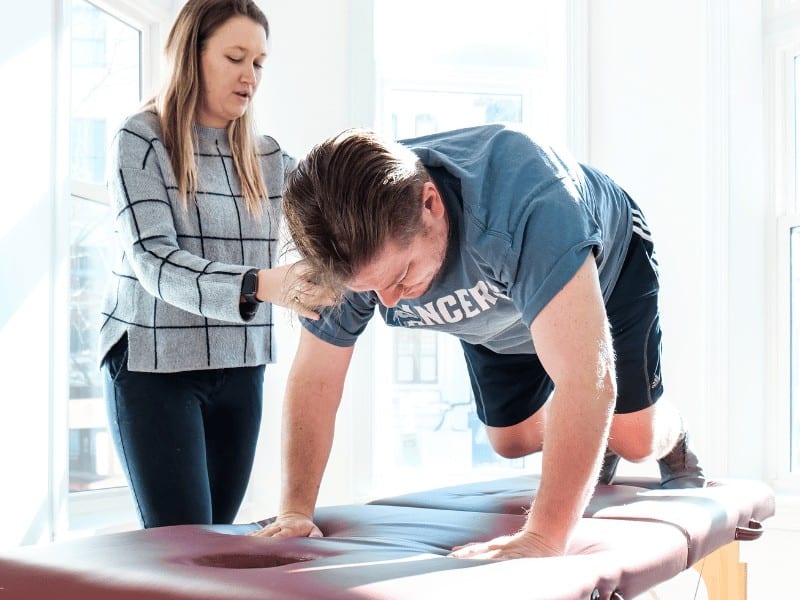
How can I improve dynamic core stability?
Training your deep core muscles takes conscious effort which improves the mind/body connection and awareness of your body in space.
To practice lateral thoracic breathing, stand or sit as straight as possible and draw your lower abdominals up into your back like you’re trying to put on a tight pair of jeans fresh out of the dryer. Place your palms on either side of your rib cage and breath in deeply through your nose. Consciously send your breath into the back and sides of your rib cage so that the ribs expand and gently press into your hands. Try to narrow your waist even further as you continue to reach through the top of your head. Hold this position and fully exhale from the back of your throat. Repeat for three to four breaths.
As you progress, you can practice conscious lateral thoracic breathing while performing any exercise, especially those that require strong core stabilization, such as a plank. This essentially means breathing into the back and sides of your rib cage as you perform the exercise. This type of breathing expands intrathoracic volume (the space inside of your ribs) during inhalation and draws the pelvic floor upward during exhalation, which effectively reinforces your core, pelvis, and spine during exercise..
Why is dynamic core stability important for healthy movement?
Strengthening the dynamic stabilizer muscles of the core improves our ability to effectively transfer loads between the upper and lower body. The outer core muscles create movement of the torso. These muscles—the rectus abdominis, internal obliques, external obliques, and the erector spinae—flex, extend, and rotate the trunk.
They also integrate the trunk with the limbs through the action of the outer units—interconnected muscular subsystems that work together to integrate and coordinate movement between your torso and limbs.
Whether you’re picking a heavy box off of the ground or simply going for a walk, improving your dynamic stabilizers will strengthen the torso’s connection to your arms and legs which helps to optimize movement and prevent injuries.
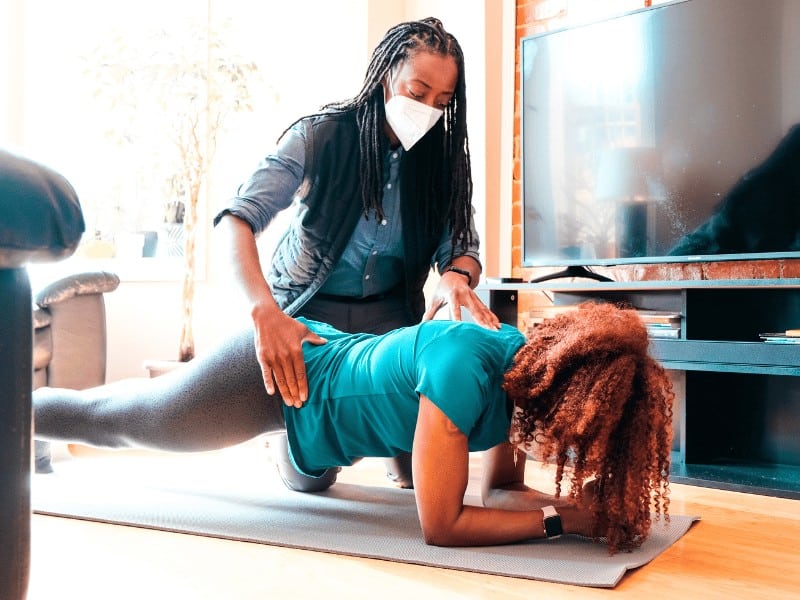
How can core stability also improve my balance?
The ability to stabilize your spine and pelvis in a neutral position and improved neuromuscular connection can also improve your overall balance. The static stability of your spine and pelvis can protect you from sudden forces, such as a train taking off before you’re ready. An improved mind/body connection lets you know when your center of gravity is off-balance and how to adjust accordingly, which allows you to do things like putting on pants without falling over.
Conclusion
Both static and dynamic core stabilization play key roles in allowing us to move efficiently and pain-free. If you’re interested in improving your core stabilization, seek out your local Certified Pilates instructor or Physical Therapist. They can teach you specialized exercises and movements that will strengthen your core, maintaining core engagement and proper body alignment.
About the Author
Ryan Hodgkinson is a certified personal trainer, TRX instructor, and owner of Twist Pilates in Washington, DC. Ryan also has over 23 years practicing and teaching martial arts. Ryan draws from all aspects of his training and experience to create individualized programs for his clients. MovementX is proud to partner with Twist Pilates for valuable content, collaborative care, and a healthier community.



